When the British Government didn't grant Ireland the independence the country had voted for in 1918, a young man from Tipperary decided to get involved in the brewing revolution. Two years later, Liam Hayes was on the run. His grandson Peter Doyle tells his story.
Liam Hayes was born into a family farm in Ballinlough, Kilteely, County Limerick. This farm was over one hundred Irish acres and was leased from the Earl of Sandwich. It was purchased directly by the tenants around 1913 under the Irish Land Act of 1903. It was a lovely setting, just on the Hospital side of the Hill of Kilteely, once the site of a battle in August 1599. His father was James Hayes, and his mother was Elizabeth Purcell from a farm in Gurteen, Emly.
The Hayeses had four children, Jerome, Liam, John, and Lily (Lil). They all went to school in the local primary school and after that Liam attended the Abbey CBS in Tipperary Town. He cycled in on a Monday, a thirteen-mile journey, stayed with his relations the Condons in Tipperary town and returned home on a Friday. Like all young men the Hayes sons played hurling, but they would also have had ponies and horses about the farm. The youngest, Lil, won a scholarship in approximately 1909 to the Loreto College school in Dublin on St Stephen’s Green. Liam’s younger brother John died in June 1915 from pneumonia aged just 21 and their father James died aged 53 in December 1915.
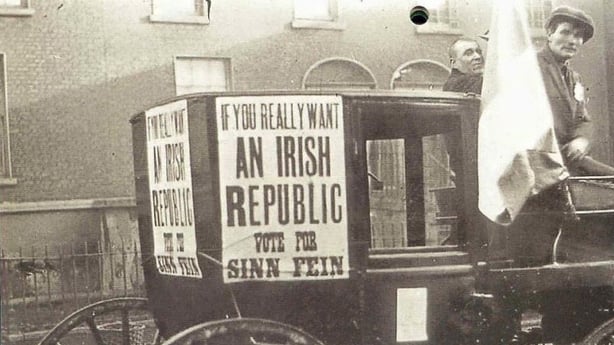
Revoltionary
Both Liam and his cousin Ned Connolly were volunteers and involved in the Kilteely IRA and the East Limerick Brigade. Liam wanted Ireland to be free from Britain and was opposed to Conscription. In 1918 he was Commandant of the newly established second battalion (Kilteely – Hospital ) East Limerick Brigade. He was very disappointed the British Empire did not grant Ireland freedom after Sinn Fein’s huge success in the 1918 all Ireland election and he felt they forced him to become a guerrilla fighter to gain what should have been given to Ireland in 1918.
On the run
In 1920 Liam was 28 years of age and on the run in the War of Independence. He was friendly with Dan Breen and Sean Wall and the O’Dwyer brothers Jed and Nicholas from Bruff and Dick O’Connell from Caherconlish. Liam suffered an injury in the Dromkeen ambush where he lost his index finger and half his thumb on his left hand. He was positioned in Gleeson’s farm near the old church and graveyard during the ambush. He was fortunate not to be more seriously injured as a bullet passed through his coat. His good friend Dan Grace put his coat on the ground so as not to leave any blood for the RIC hounds to use as a scent. He was attended to after the ambush by Doctor John Corboy from Caherconlish.
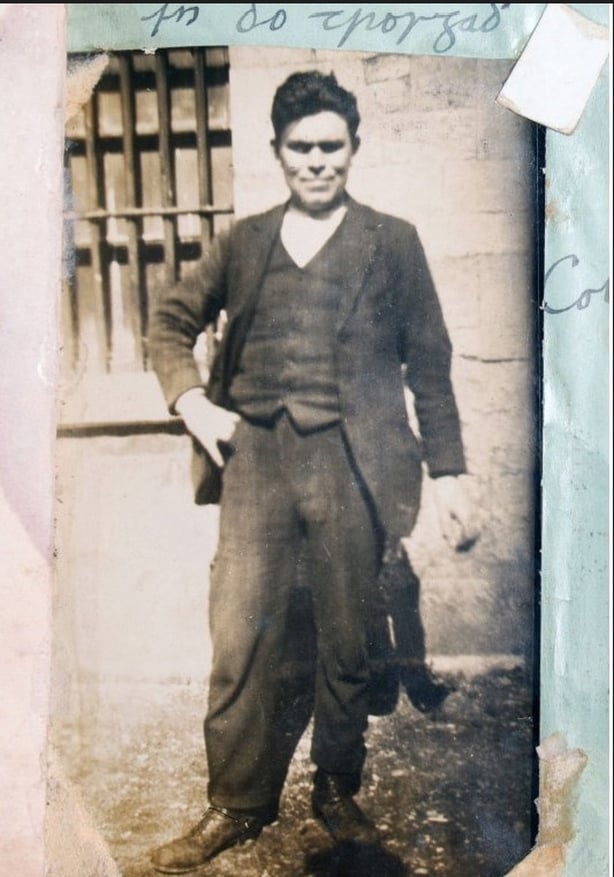
The Dromkeen Ambush occurred on Thursday 3rd February 1921. The ambush was the largest IRA ambush to occur outside of County Cork, and was one of the most effective nationally. The ambush was a success with three RIC men and eight Black and Tans were killed and their rifles captured. One volunteer was wounded on that day. Many houses were burnt by the Black and Tans in retaliation for the ambush at Dromkeen.
Raided!
On the Saturday after the Ambush the Tans raided the Hayes family home in Ballinlough, taking Liam Hayes's mother Elizabeth (Lizzie), brother Jerome and sister Lil from the house before burning it to the ground. This house was a traditional Golden Vale farmhouse which is described in the House valuation of July 1850 as a house that had a thatched roof built with stone and lime mortar. In 1850 it was slightly decaying but in good repair. The length of the house was 56 feet, the breath was 19 feet & 6 inches, the hight was 7 feet & 6 inches.
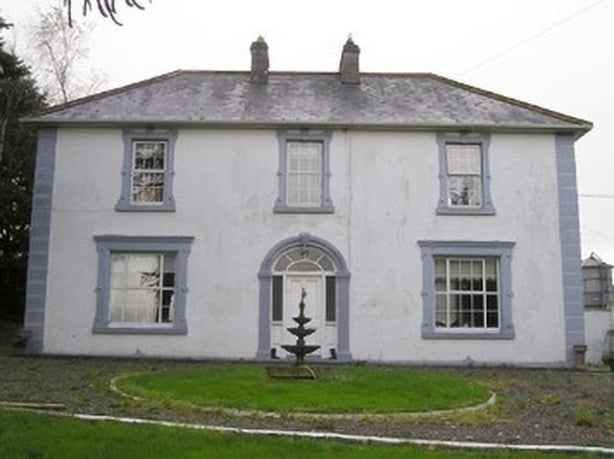
The family paid a high price for Liam’s involvement in the War of Independence. Mrs Hayes died in May 1922 aged just 60. The Free State Government rebuilt the house in approximately 1925 and it still stands today as a family home.
The Civil War
Liam played a major role in the Civil war in County Limerick, and he met Michael Collins in Cruise's Hotel Limerick with J.J. O’Brien from Galbally just three days before Michael Collins was killed on 22nd August 1922. Most of the East Limerick brigade went pro treaty as they were tired of the War, and they realised guns and ammunition were very scarce. Liam Hayes also wanted to get back to the family farm. In 1920 Liam took charge of the East Limerick area in organising the Republican loan and raised £30,000. Liam later ensured that all these subscribers were repaid upon the foundation of the Irish Free State.
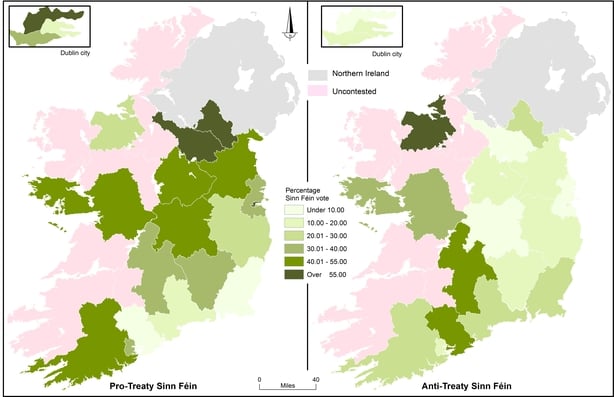
Liam Hayes was one of seven Sinn Fein TDs elected to the second and third Dáil in 1922 and 1923 for Limerick. Liam was a Sinn Fein pro treaty candidate and was elected unopposed. He did not contest the general election in August 1923 as he wished to remain in the Irish Army. Eamon De Valera was arrested by Free State Troops at an election rally in Ennis on 15th August 1923. Colonel Liam Hayes escorted him on the train from Limerick to Dublin. De Valera topped the poll in the election for the Clare constituency on 27th August 1923 despite being imprisoned in Dublin.
In 1923 Liam Hayes married Kathleen Walsh from Knocklong in St Joseph’s Church Limerick. Kathleen was the daughter of Robert and Madge Walsh from the Hill Farm in Knocklong.
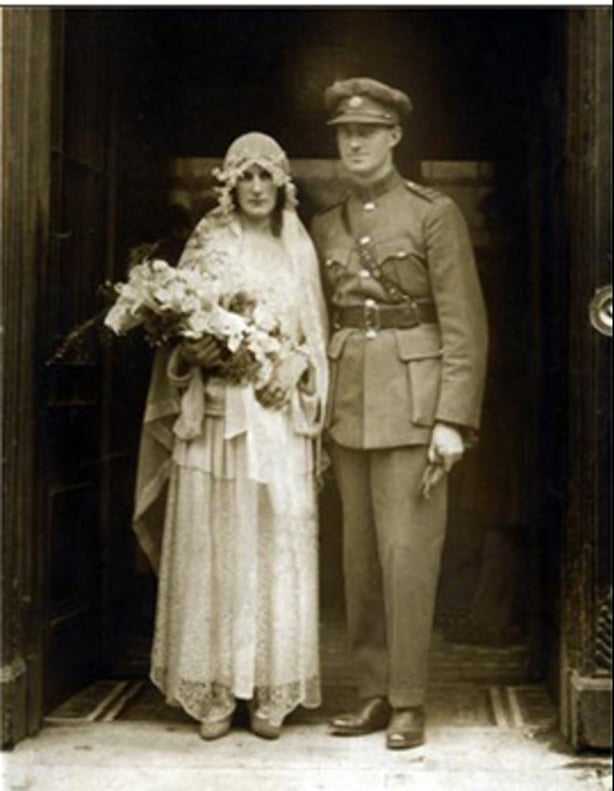
In 1923 he was made a Colonel and was the officer commanding the Limerick area. In 1924 he became officer commanding the Southern Command In 1930 he got the responsibility of reorganising the army equitation school in McKee barracks. The family lived for many years in the officer quarters in McKee Barracks beside the Phoenix Park in Dublin.
Liam was appointed Adjutant-General of the army in 1932 and Major-General in 1942. When Liam retired from the army in December 1943 he was much sought after for advice on purchasing horses for racing and breeding.
Do you have a story to tell about your own family's experience of significant historical events? Find out how to contribute it here.
The views expressed here are those of the author and do not represent or reflect the views of RTÉ










































